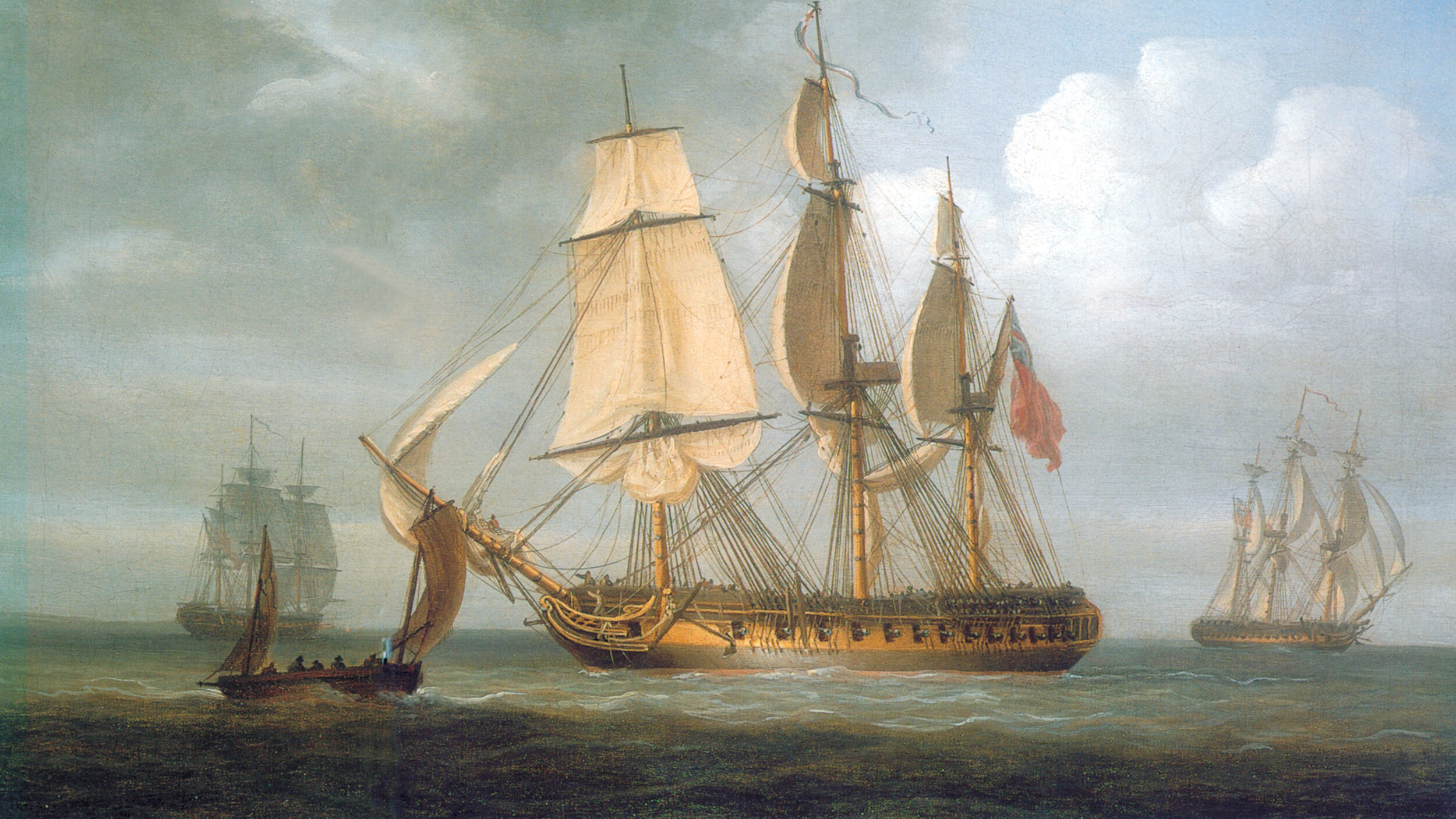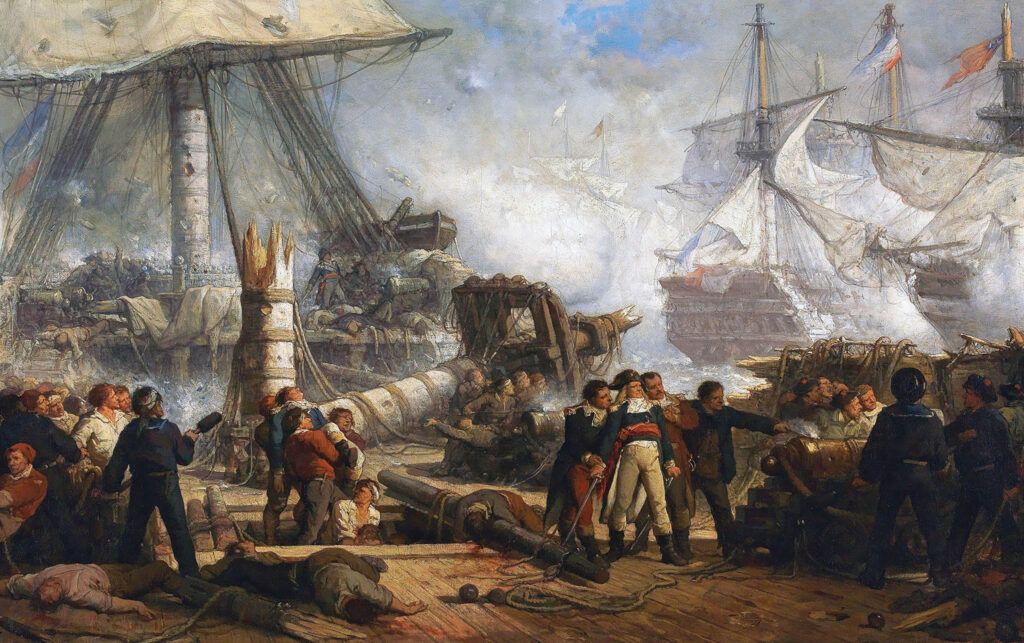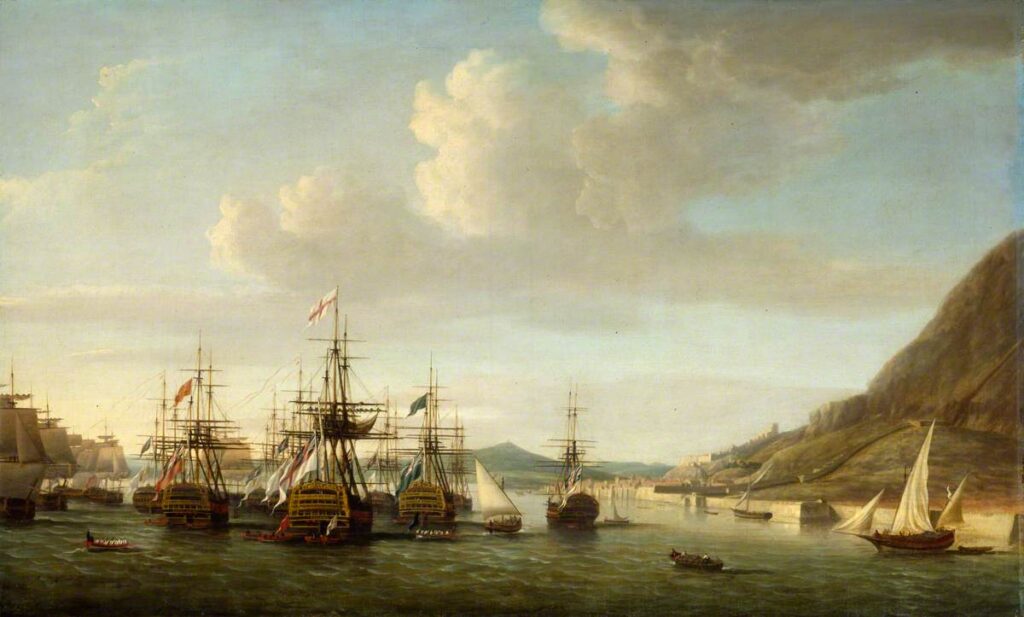Ship Shape: British Naval Strategy After Napoleon – From Empire’s Anchor to Global Policeman

Introduction: A New Era on the High Seas
The defeat of Napoleon at Waterloo in 1815 marked not only the end of the Napoleonic Wars but also the beginning of an unprecedented period of British naval dominance. With France defeated and no European naval power capable of rivaling the Royal Navy, Britain emerged as the unchallenged maritime superpower of the 19th century. But peace posed its own challenges: how would Britain maintain its supremacy, justify the vast costs of a peacetime navy, and adapt its strategy for a world no longer shaped by the threat of French invasion?
This long-form article explores the evolution of British naval strategy after Napoleon, from power projection and empire-building to technological innovation and the enforcement of Pax Britannica.
1. Victory at Sea: Britain’s Naval Position in 1815
At the close of the Napoleonic Wars, the Royal Navy boasted over 700 ships and employed more than 140,000 men—a force unparalleled in world history. It had not only blockaded France and defeated major fleets at battles like Trafalgar (1805), but also protected trade routes and colonial possessions.
However, peace brought demobilization and budget cuts. Parliament and the public questioned the cost of maintaining a massive navy in peacetime. The challenge for naval strategists was clear: how to preserve superiority without an immediate enemy.
2. Naval Strategy in the Age of Empire
In the post-Napoleonic world, Britain’s naval focus shifted from European conflict to global empire management and maritime trade security.
A. Trade Protection
The Royal Navy’s primary task became the protection of commercial shipping lanes. Britain’s economy increasingly depended on free trade, especially after the repeal of the Corn Laws and the Navigation Acts in the mid-19th century. Naval power was critical to ensure safe passage for goods across the globe.
B. Suppressing the Slave Trade
Following the Slavery Abolition Act of 1833, the Royal Navy took on a moral and policing role. The West Africa Squadron was established to intercept slave ships off the coast of Africa. Between 1808 and 1860, it captured over 1,600 ships and freed more than 150,000 Africans—a significant, though controversial, expansion of naval duty.
C. Gunboat Diplomacy
With empire came diplomacy enforced at cannon-point. The term “gunboat diplomacy” arose from Britain’s frequent use of small, mobile warships to coerce local rulers, open markets, or enforce treaties—notably in China during the Opium Wars, or in South America and the Middle East.
3. Naval Technology: From Sail to Steam
A monumental shift occurred during this era with the transition from wooden sailing ships to iron-hulled steam-powered vessels.
A. Early Steam Power
The first steam warships, like HMS Comet (1822), were experimental. By the 1840s and 1850s, hybrid sail-and-steam ships had become standard, giving Britain unmatched flexibility. Steam freed the navy from dependence on wind, ideal for blockade enforcement and riverine action.
B. Ironclads and Naval Arms Race
The launch of France’s ironclad La Gloire in 1859 sparked concern in Britain. The response was HMS Warrior in 1860—the first iron-hulled, fully steam-powered battleship. This innovation began a new era of naval arms races, particularly between Britain and France, and later Germany.
Britain responded with the “Two-Power Standard”: the Royal Navy must be as strong as the next two largest navies combined. This became official policy with the Naval Defence Act of 1889.

4. Global Naval Bases: The Backbone of British Power
To support a worldwide navy, Britain established and maintained a vast network of naval bases and coaling stations, such as:
- Gibraltar
- Malta
- Aden
- Cape Town
- Trincomalee (Sri Lanka)
- Singapore
- Hong Kong
These outposts allowed British ships to resupply, refuel, and exert influence across the globe. The navy became the linchpin of imperial logistics and security.
5. Conflicts and Demonstrations of Force
Even in peacetime, the Royal Navy saw action:
- First Opium War (1839–1842): Used naval superiority to force China to open trade.
- Crimean War (1853–1856): Showcased joint operations and sea-based supply chains.
- Bombardment of Alexandria (1882): Intervention in Egypt’s internal conflict, asserting control over the Suez Canal.
These engagements demonstrated Britain’s reliance on swift naval intervention to maintain its imperial and commercial interests.
6. Naval Doctrine and the Rise of Strategic Theory
During the 19th century, British naval thought matured. Officers began considering not only tactics but grand strategy.
- Sir Julian Corbett, writing in the early 20th century, emphasized sea control, limited war, and maritime strategy in his seminal work Some Principles of Maritime Strategy (1911), which reflected and formalized earlier Victorian practices.
7. Challenges and Emerging Rivals
While Britain maintained supremacy, cracks began to appear:
- The United States rapidly built its navy after the Civil War.
- Imperial Germany, especially under Kaiser Wilhelm II, embarked on a naval arms race in the late 19th century.
- Russia and Japan also invested in modern navies.
The once-unchallenged Royal Navy had to prepare for the age of dreadnoughts and global warfare, leading into the 20th century.

Conclusion: The Long Shadow of Victory
The century following Napoleon’s defeat saw Britain transition from wartime supremacy to global maritime hegemony. The Royal Navy became not only the military backbone of the empire, but also a guardian of trade, peace enforcer, technological pioneer, and symbol of British might.
Though the world changed dramatically by 1914, much of modern naval doctrine, base infrastructure, and imperial strategy had roots in the post-Napoleonic decisions made during the long 19th century. Britain’s ship-shaped strategy ensured that even without a dominant enemy, the Royal Navy remained at the heart of global affairs.




